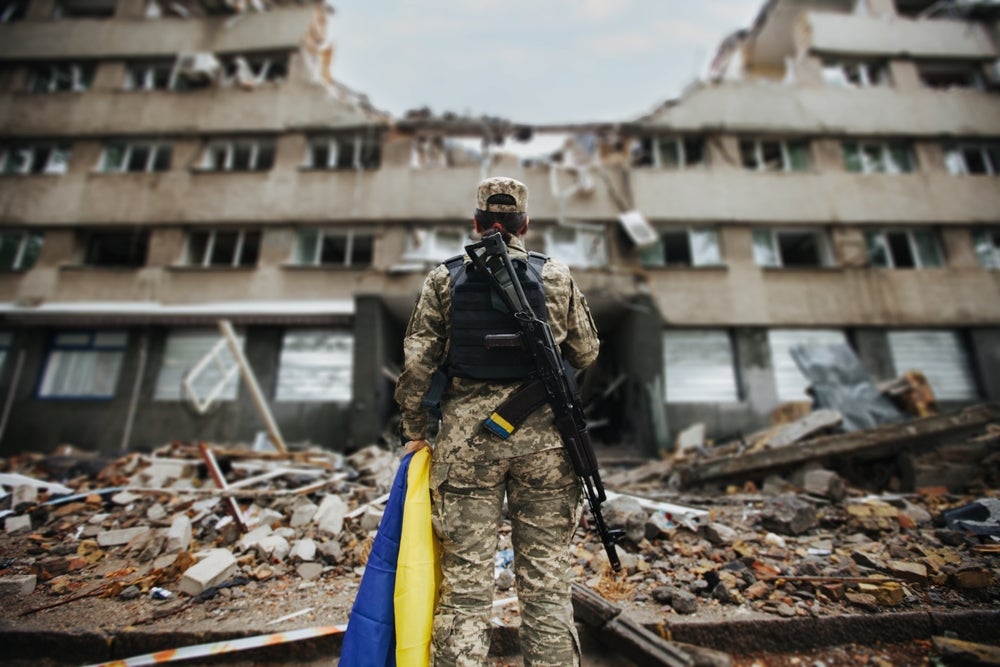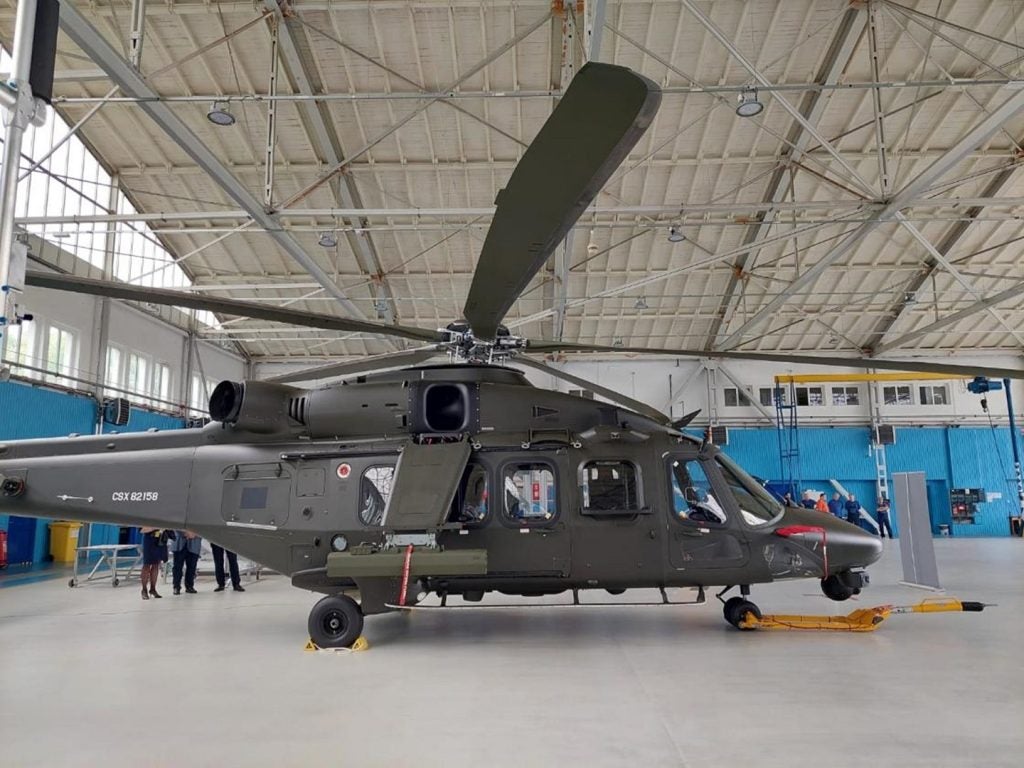Harris is to provide tactical communication systems for the US Army’s Security Force Assistance Brigades (SFABs).
The systems to be provided include Falcon III AN/PRC-152A wideband networking handheld radios, AN/PRC-117G multiband networking manpack radios and AN/PRC-160 high-frequency manpack radios.
Harris Falcon III AN/PRC-152A uses soldier radio waveform (SRW) and adaptive networking wideband waveform (ANW2 C) to provide simultaneous voice, video and high-speed data in a highly portable form factor to dismounted soldiers on the move.
Harris said that AN/PRC-117G has been designed to provide wideband data speed and legacy narrowband performance in a form factor 30% smaller and 35% lighter than any other currently in the field.
Equipped with MUOS-ready hardware, the software-defined 117G is claimed to extend communications beyond-line-of-sight (BLOS) with abilities for simultaneous SATCOM voice and data transmission.
According to Harris, AN/PRC-160 is the only standalone solution for BLOS in the absence of a satellite. The wideband radio’s software-defined architecture allows encryption updates.
How well do you really know your competitors?
Access the most comprehensive Company Profiles on the market, powered by GlobalData. Save hours of research. Gain competitive edge.

Thank you!
Your download email will arrive shortly
Not ready to buy yet? Download a free sample
We are confident about the unique quality of our Company Profiles. However, we want you to make the most beneficial decision for your business, so we offer a free sample that you can download by submitting the below form
By GlobalDataHarris Communication Systems president Chris Young said: “The Security Force Assistance Brigades are an important, near-term army priority.
“Our world-class manufacturing facility enables us to quickly support the army with immediate delivery of these battle-tested radios and waveforms, providing the critical communications capability for these brigades on the battlefield.”
The SFAB is responsible for training, organising and equipping coalition forces with equipment to enable them to fulfil their missions.
It also improves and strengthens coalition partner capability, which saves US Army forces combat power for urgent missions if required.







